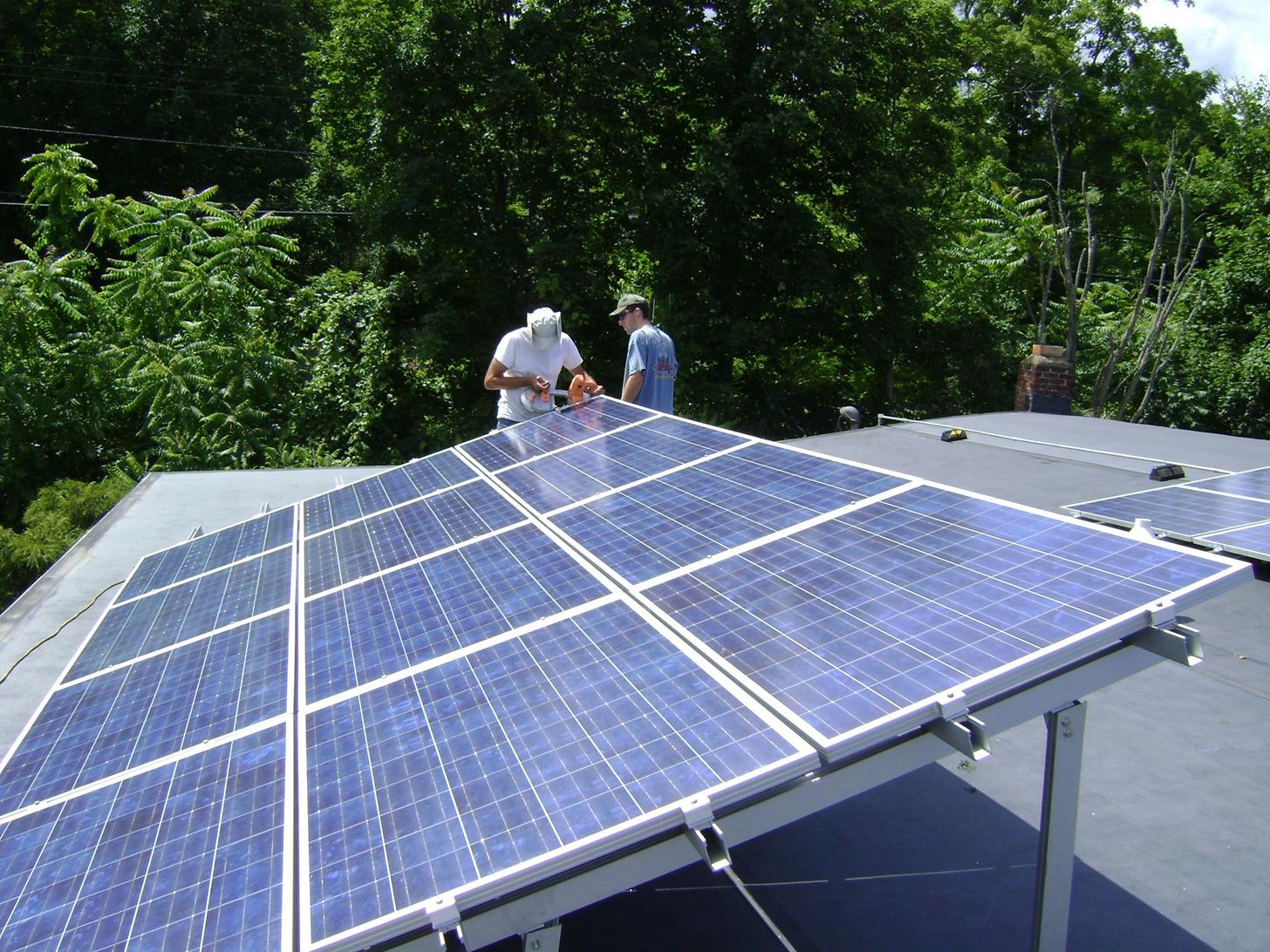Plants all around us capture sunlight every day and convert it to energy, making them a model of solar energy production. And while the energy they make may serve the needs of a plant, the process isn't efficient enough to generate power on a larger scale. So, scientists from the University of California found a way to treat bacteria with chemicals that turned them into photosynthesis machines, capable of generating products we can convert into food, fuels, and plastics.
"Rather than rely on inefficient chlorophyll to harvest sunlight, I've taught bacteria how to grow and cover their bodies with tiny semiconductor nanocrystals," researcher Kelsey K. Sakimoto said in a press release. "These nanocrystals are much more efficient than chlorophyll and can be grown at a fraction of the cost of manufactured solar panels."
The researchers presented their work August 22 at the 254th National Meeting & Exposition of the American Chemical Society.
Photosynthesis Produces Energy
Through the process of photosynthesis, plants generate energy for their own use to produce leaves, seeds, flowers, and fruit. In plants, photosynthesis occurs in cellular compartments called chloroplasts. These compartments contain a green pigment called chlorophyll. Chlorophyll appears green because it absorbs red and blue wavelengths of light and reflects green wavelengths. Chloroplasts take the energy from light, and along with carbon dioxide and water, and converts it into glucose that provides energy to the plant and oxygen for us.
Solar (photovoltaic) cells produce electrical energy — versus the chemical energy produced by photosynthesis — from the sun. They absorb light across the electromagnetic spectrum ranging from infrared to ultraviolet, instead of just the mostly red and blue wavelengths plants absorb. Scientists have estimated the energy-producing efficiency of photovoltaic cells to be 10%, while photosynthesis is only about 1% efficient.

Sakimoto recognized the potential for improvement in the photosynthetic process and used a renewable and easily amplified source to generate energy: bacteria.
Transforming Bacteria into Solar Panels
Sakimoto took a bacteria, Moorella thermoacetica, that produces acetic acid from carbon dioxide as part of its normal metabolism. Acetic acid is a desirable product because it can be used by other bacteria in commercial processes to generate a number of fuels, polymers, pharmaceuticals, and other chemicals.

The bacteria were fed cadmium and the amino acid cysteine, which contains a sulfur atom. The bacteria responded by making cadmium sulfide nanoparticles on their surfaces. These nanoparticles functioned as solar panels to absorb light, and using carbon dioxide and water through a process similar to natural photosynthesis, producing acetic acid.
Not only are bacteria the ultimate self-replicating and self-generating system, but the process is also more than 80% efficient. Still, Sakimoto points out that his bacterial cyborg still needs some fine tuning. He thinks it's possible that a bacteria may already exist in nature that is similar to the hybrid bacteria the scientists created and may do a little bioprospecting — looking for useful compounds in nature — to look for those. But, he's already got a system that can outperform natural photosynthesis.
"Many current systems in artificial photosynthesis require solid electrodes, which is a huge cost," Sakimoto told Invisiverse. "Our biofuels are much more attractive, as the whole CO2-to-chemical apparatus is self-contained and only requires a big vat out in the sun."
Just updated your iPhone? You'll find new emoji, enhanced security, podcast transcripts, Apple Cash virtual numbers, and other useful features. There are even new additions hidden within Safari. Find out what's new and changed on your iPhone with the iOS 17.4 update.


























Be the First to Comment
Share Your Thoughts